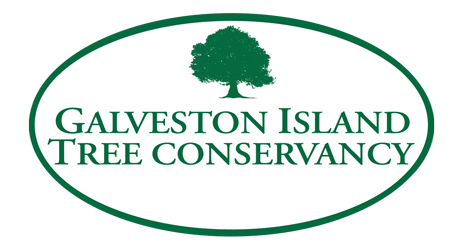Pomegranate
Tree Stories: Pomegranate, Flowers and Fruit
Pomegranate trees (Punica granatum) are blooming around the Island with hummingbird-attracting flowers ranging from scarlet-red to orange, yellow, white, or variegated colors.
These trees originated in southern Asia and have been cultivated from there to southern Europe since ancient times. Spanish missionaries introduced them into the Americas during the sixteenth century and they are common throughout the south. The fruit is popular due to health benefits associated with its high levels of antioxidants.
The fruit figures in myths and stories from many cultures. Perhaps best known is the Greek myth of Persephone, which explained the seasons. She was kidnapped by Hades and taken to live in the underworld. Her mother, Demeter (goddess of the harvest), went into mourning, causing all green things to stop growing. High-ranking Zeus commanded Persephone’s return, but she had eaten six pomegranate seeds so had to spend six months each year in the underworld. Hence, we have winter. Some Jewish scholars believe the pomegranate was the forbidden fruit in the Garden of Eden.
The globe-shaped fruits, up to four inches in diameter, are berries filled with hundreds of seeds. Fruits mature in summer to shades of red and resemble Christmas ornaments. As arils (seeds with pulp) or juice, pomegranates are used in baking, cooking, garnishes, and beverages, including cocktails and wine.
Trees typically grows from 12 to 20 feet tall with similar spread and moderate growth rate. The glossy, dark green leaves are mostly deciduous. Bloom period can last from spring into summer, with fruit maturing into fall.
Pomegranate adapts well to most well-drained soils. It prefers full sun, is well suited to our hot and often-dry summers, and should survive our winters. Once established trees are fairly drought tolerant and can handle Galveston’s salty conditions. Although considered long-lived plants (some in Europe are over 200 years old), they usually decline after about 15 years.
These trees are relatively trouble-free under proper conditions. Good drainage is important to prevent fungus development during periods of excessive rainfall. The most common problem is failure to set fruit, often due to inadequate sunlight and lack of pollination.
Because pomegranate suckers profusely, frequent trimming starting soon after planting is necessary to train the plant into a tree form with a single trunk. Otherwise it will grow in a shrubby form. Flowers form on new growth so pruning should be done before new growth begins in spring
Pomegranates are available in the nursery trade. Alternatively, if you see a tree you admire you can grow your own by taking hardwood cuttings in late winter to early spring. Use pencil-sized cuttings 6-10 inches long, dip in rooting hormone, and place in potting soil to establish roots. Seeds germinate in about six weeks but do not predictably grow true to variety.
Pomegranates are well suited for shrub borders and can make a great backdrop for small shrubs and perennials. The compact forms do well in containers. This tree is appreciated for its flowers as well as its fruit. Perhaps there is a spot your landscape for this old garden favorite.
Thumbnail image from Desert Horizons Nursery; tree image from the internet.
Tree Stories” is an ongoing series of articles about Island trees, tree care, and tree issues. If you have or know of a special tree on Galveston Island that should be highlighted, please email treesforgalveston@gmail.com. Margaret Canavan is a Galveston resident, a Galveston County Master Gardener, and a member of the Galveston Island Tree Conservancy Board.
Hurricane Ike caused the loss of 40,000 trees on Galveston Island. The Galveston Island Tree Conservancy was formed to address that loss and has replaced over 17,000 through grant-funded plantings and giveaways.

